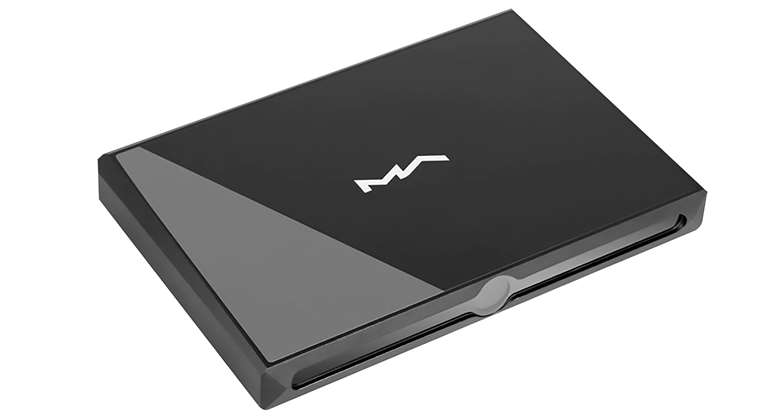Review: Matrix Audio X-Sabre 3
Wednesday, September 7, 2022
A slenderly proportioned, beautifully built digital unit with full network capability that can play high-resolution audio in an entirely compelling fashion

Register now to continue reading
Thanks for exploring the Gramophone website. Sign up for a free account today to enjoy the following benefits:
- Free access to 3 subscriber-only articles per month
- Unlimited access to our news, podcasts and awards pages
- Free weekly email newsletter








